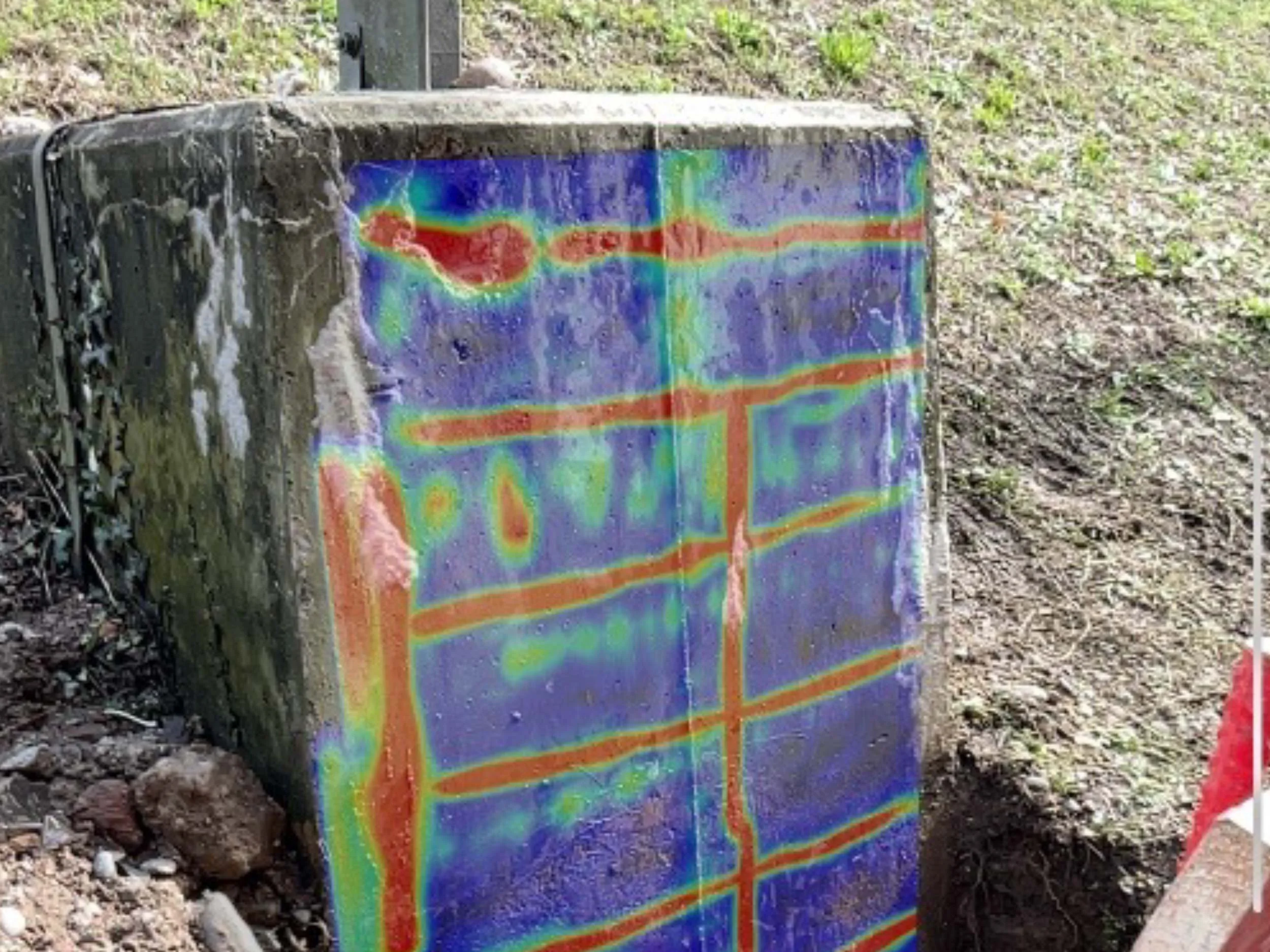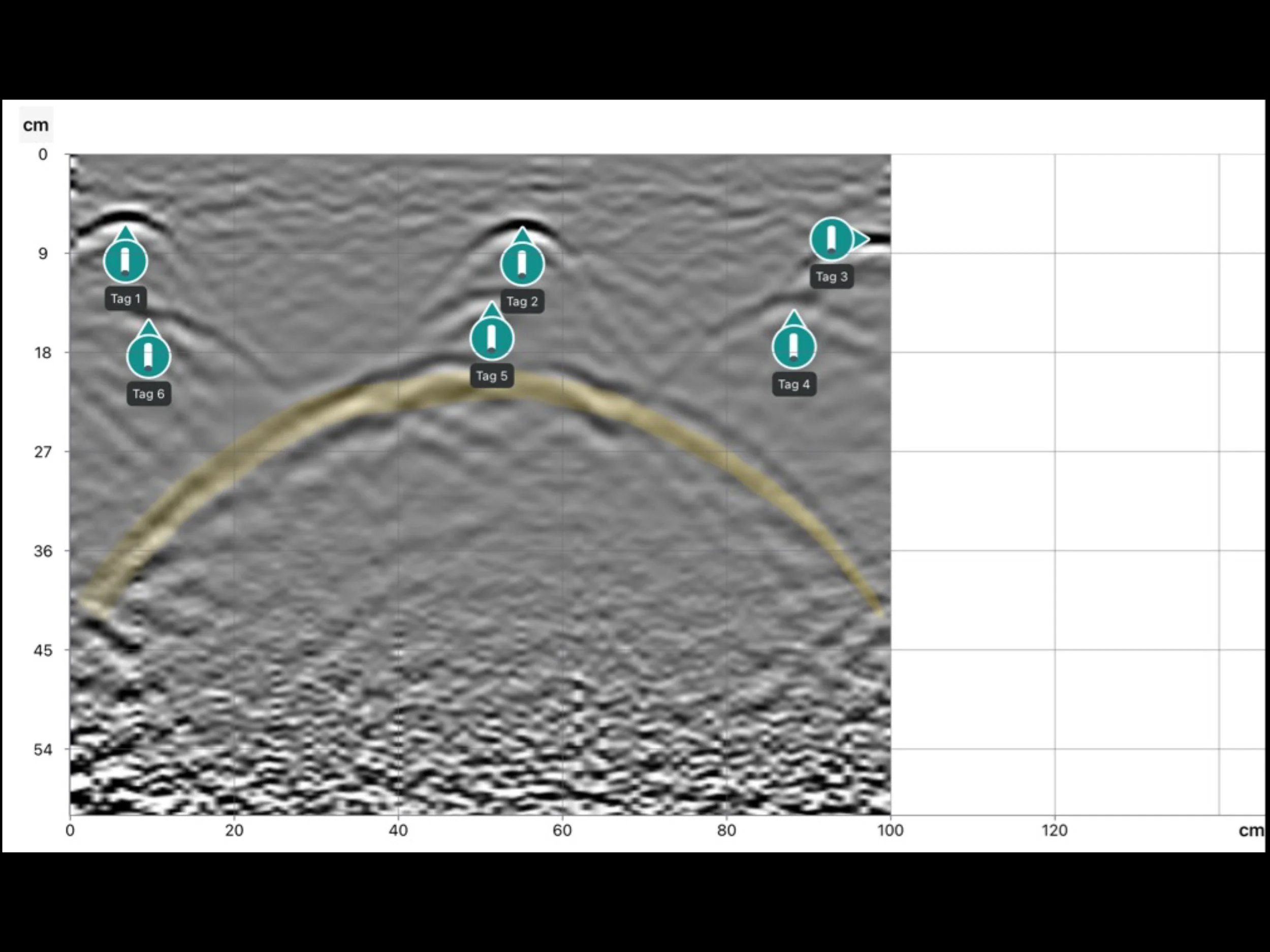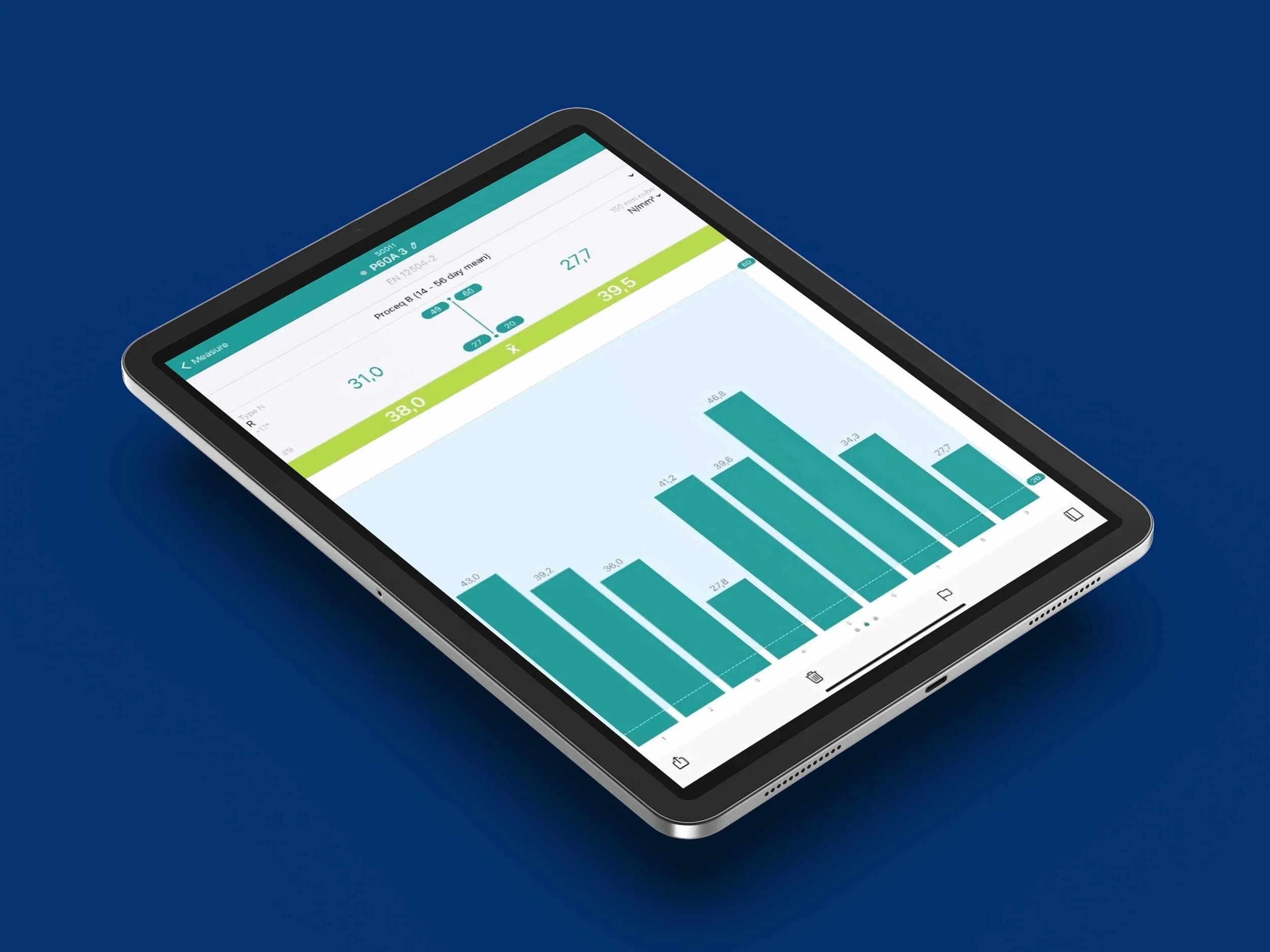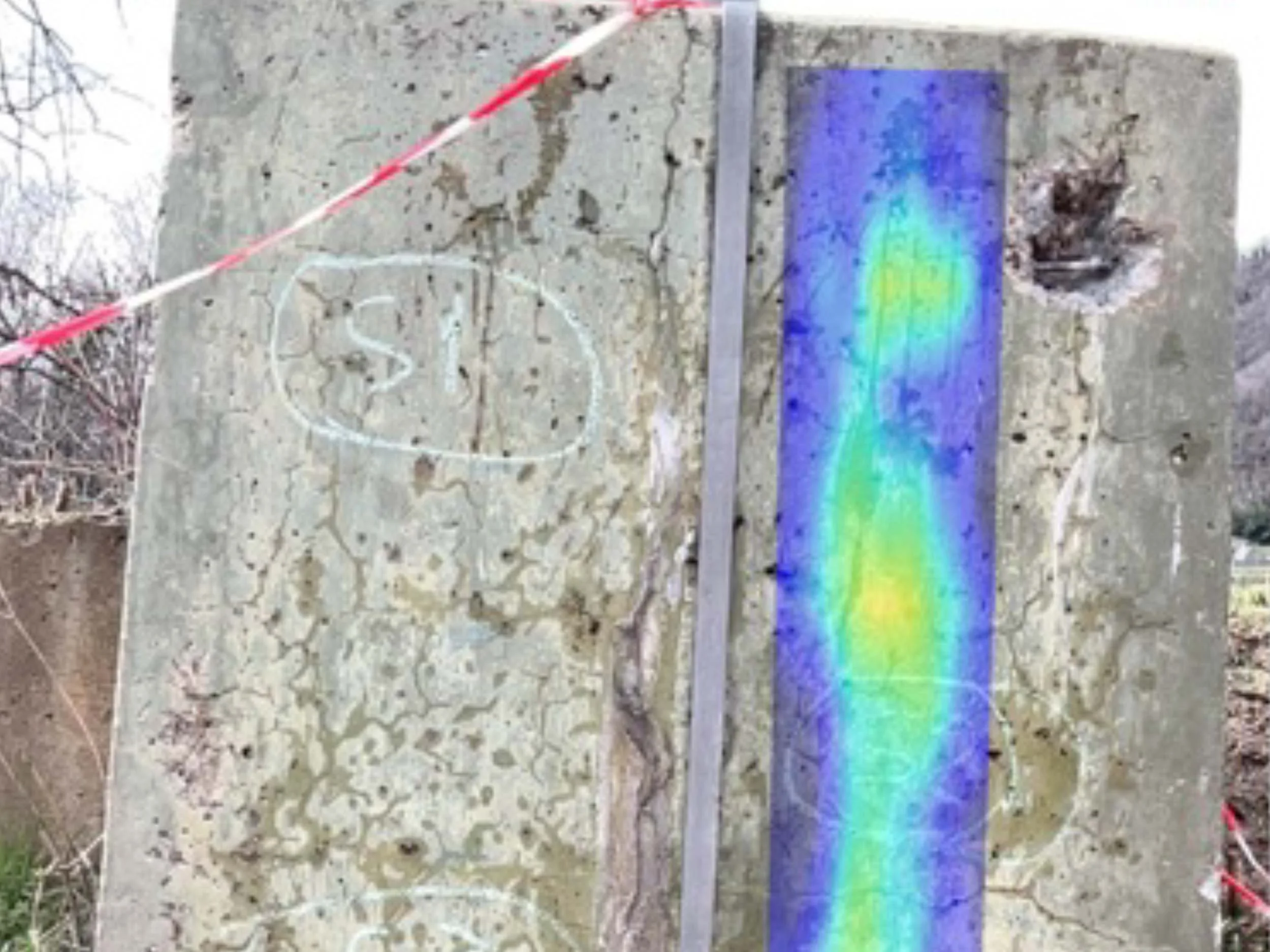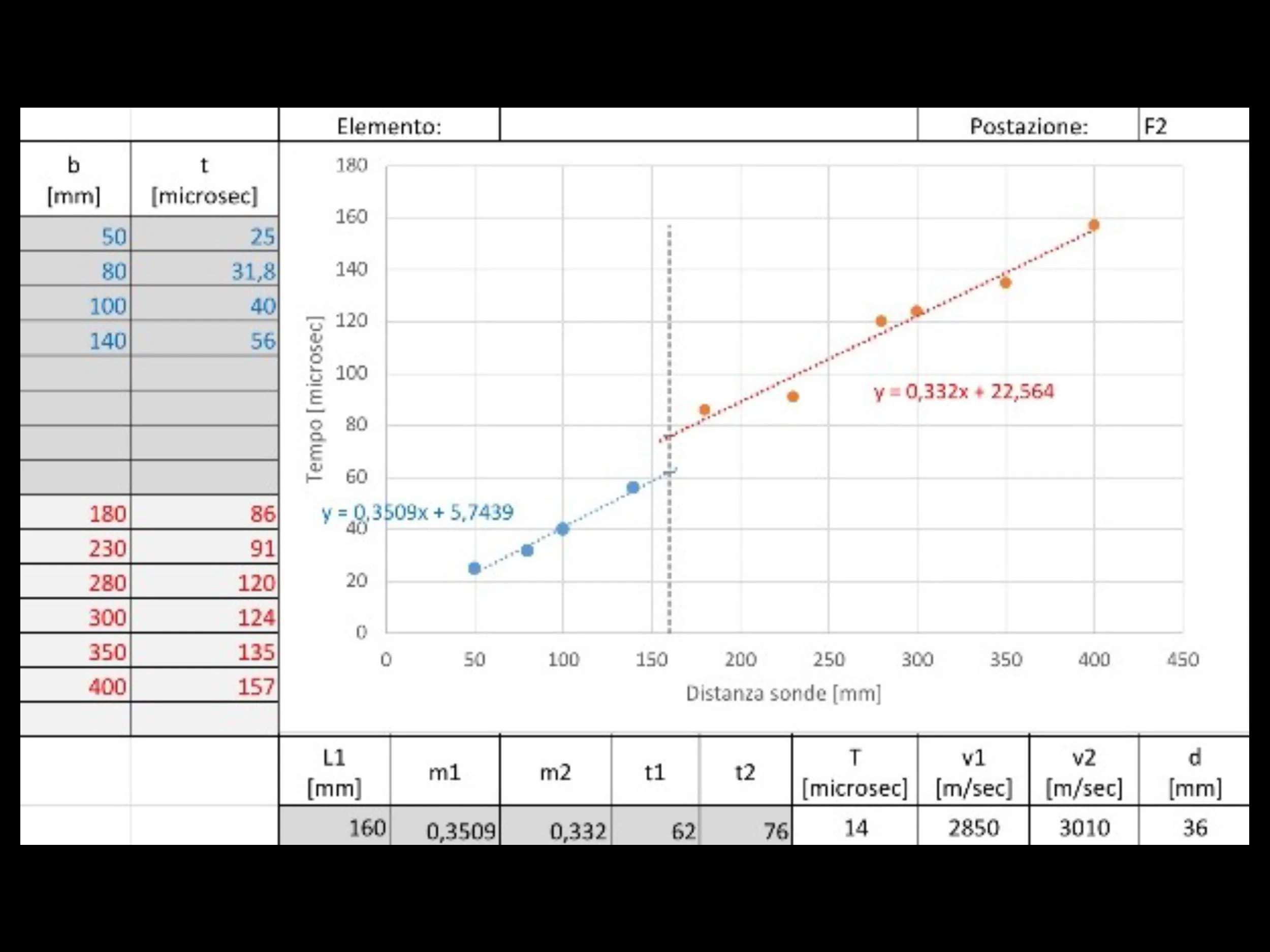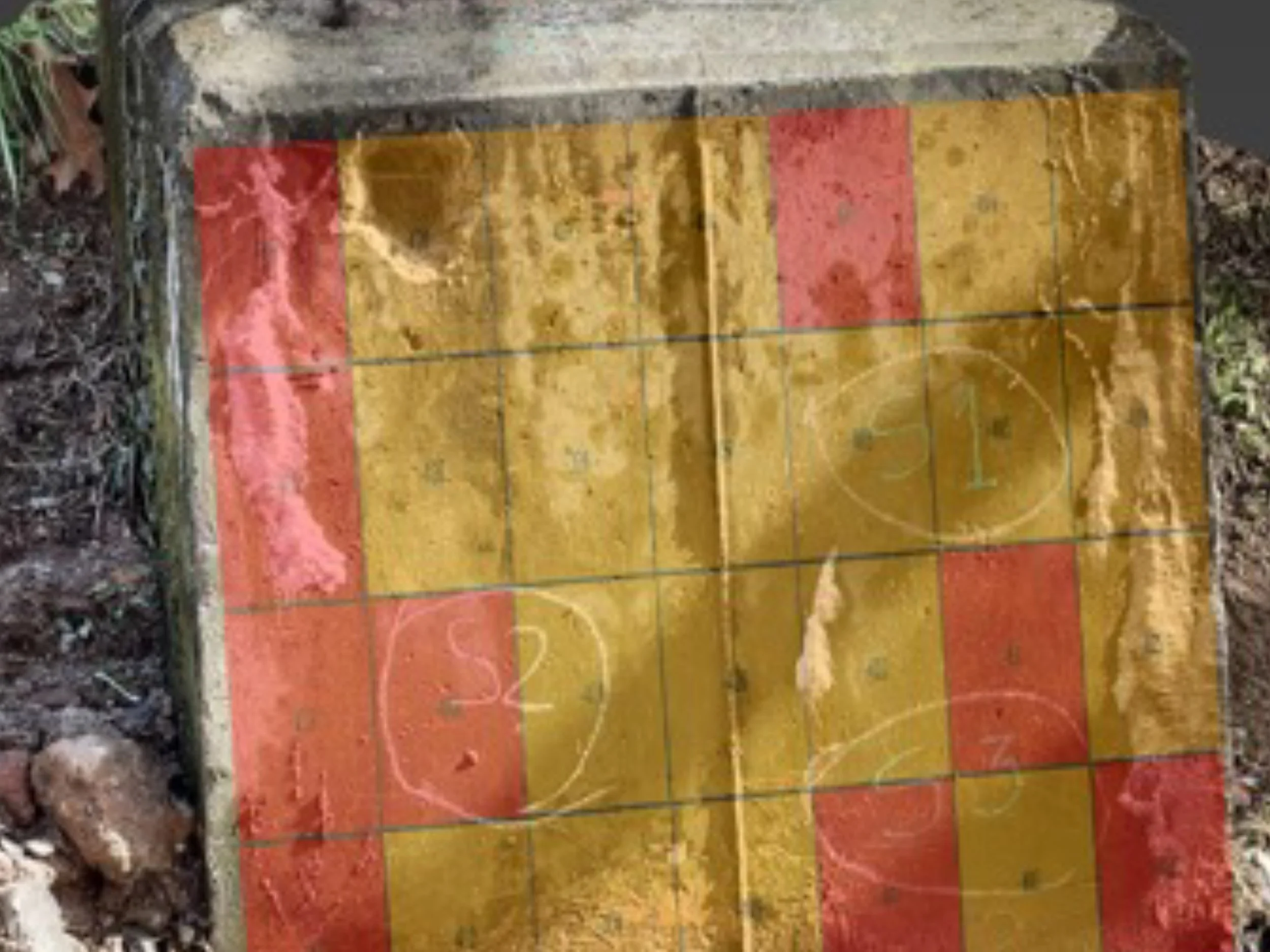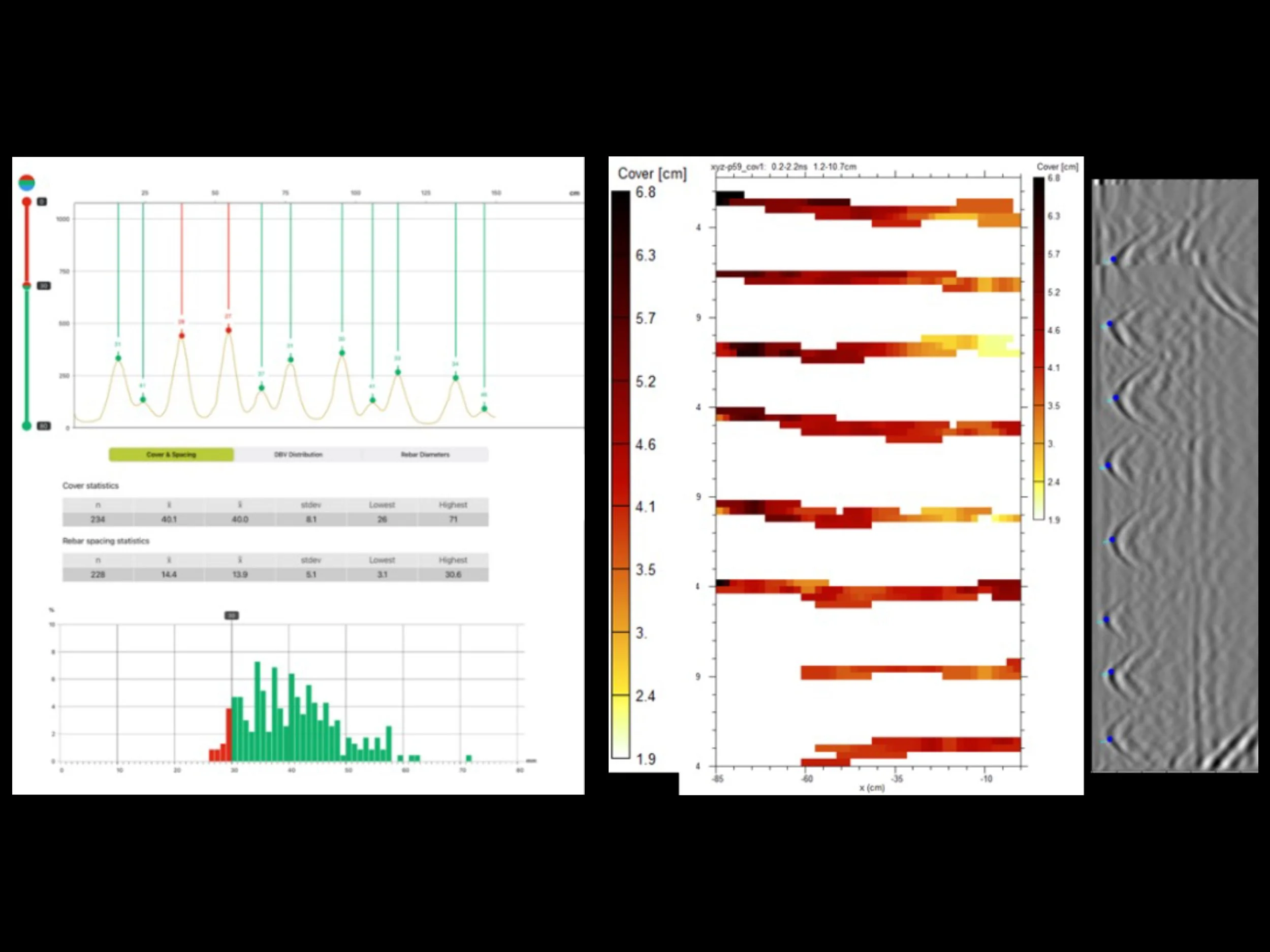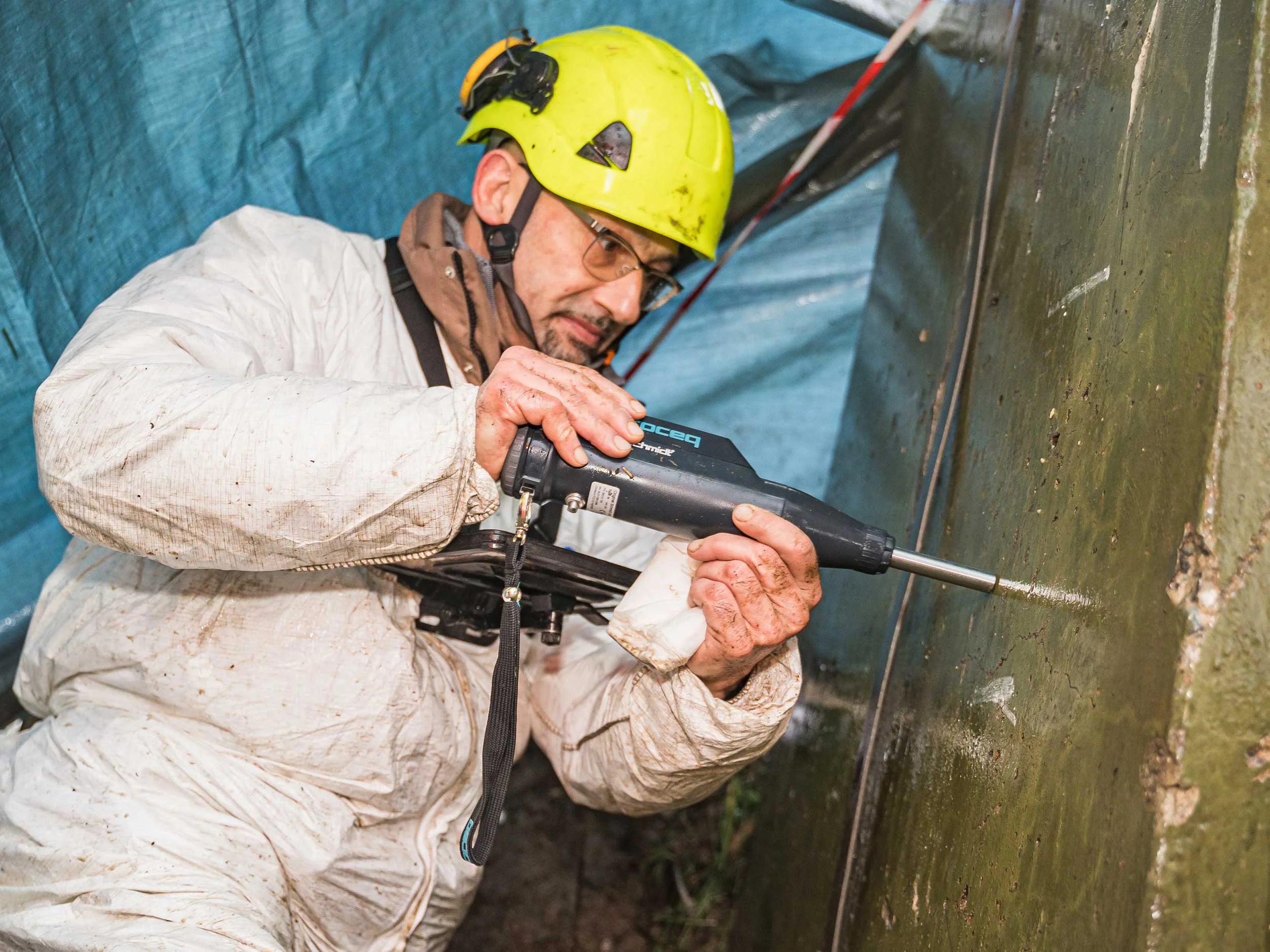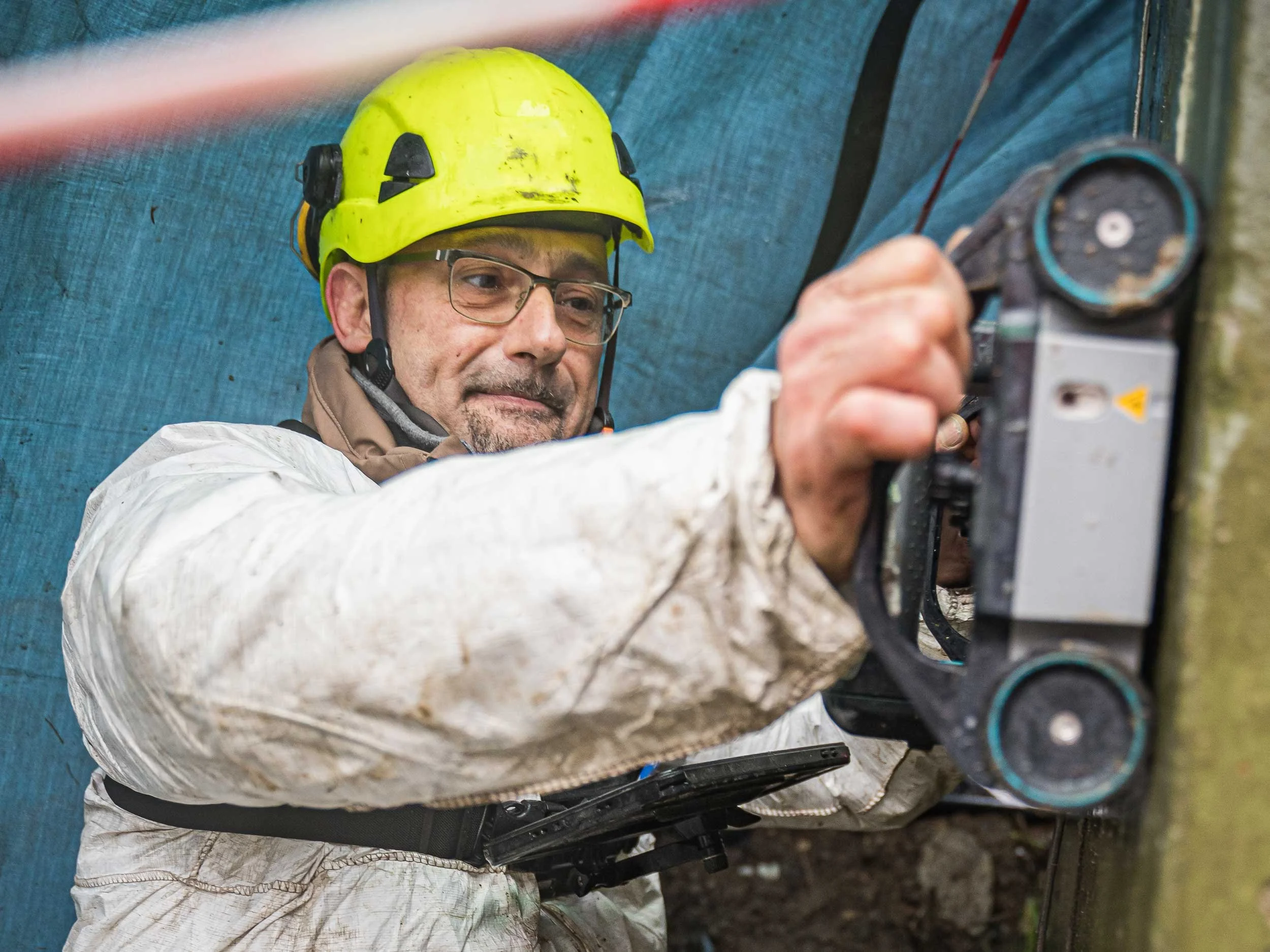
CASE STUDY — Electricity Pylons
ASSESSMENT OF PYLON FOUNDATIONS OF THE SWISS POWER GRID
AQUILA is supporting Brenni Engineering in evaluating the condition of the concrete foundations of 260 electricity pylons of Switzerland’s high-voltage power network – and developing an approach for such assessments that could help optimally preserve the value of this vital national asset.
Project Impacts
Facilitating asset management of many widely distributed structures on a single platform
The cloud-based INSPECT software platform facilitates the highly efficient management of distributed assets such as electricity pylons – once the system had been set up and used to assess the first pylon, repeating the process for all the other pylons becomes a matter of routine, resulting in increased efficiency and improved reliability across a national grid with 12,000 pylons.
Optimizing planning of maintenance and repair work
In particular, the INSPECT platform supports the efficient planning and recording of maintenance and repair/strengthening work on the basis of paperless evaluations with immediate storage of data in a structured system – the work required to be carried out on many pylons can be categorized and bundled to enhance efficiencies.
Defining how non-destructive testing (NDT) may be used in a targeted way for improved efficiency
A pilot project was carried out to define how AQUILA’s industry-leading NDT equipment should be used in a targeted way depending on the results of a visual assessment of each pylon.
Helping minimize the risk of disruptions to service
The introduction of a single cloud-based asset-management platform for recording and managing all relevant data relating to the network’s many pylon foundations can help ensure the power grid’s reliability – an important objective considering how vital a country’s high-voltage power network is to its economy and its population.
Helping to preserve the value of this vital national asset
AQUILA’s asset-management approach to assessing the foundations of electricity pylons can help maintain the value of this important element of Switzerland’s national infrastructure, at a cost that is likely to be less than 1% of the cost of associated repair work.
Facts & Figures
1
The time taken, in minutes, to generate a report containing all test data.
38
The number of tests carried out on four foundations during a two-day period.
260
The number of pylons – with 1040 foundations in total – included in the pilot project to develop an approach to the assessment and remediation of pylon foundations.
12,000
The approximate number of pylons in the transmission network of Switzerland’s extra-high-voltage power grid which could benefit from AQUILA’s ‘asset management’ approach to structural investigations.
TECHNOLOGY OUTPUTS
NDT EQUIPMENT USED
Switzerland’s national grid company owns and operates the country’s entire extra-high-voltage power network. The overhead power lines are supported by approximately 12,000 steel pylons, each supported by four concrete foundations.
A project to investigate the condition and reliability of these foundations was launched in 2023, with the Swiss firm Brenni Engineering SA contracted to plan and carry out the inspection work on 260 pylons in the Tessin region where it is based. In the course of the work, the company is developing a sustainable concept that can be used for the inspection, evaluation and remediation of pylon foundations across the network – thereby minimizing the associated costs and enhancing management control while preserving the value of this critical national asset.
Recognizing the need to use state-of-the-art NDT technology to develop the concept, and convinced of the benefits to be gained by using a modern cloud-based platform to store and use the inspection data in a structured asset-management way, Brenni Engineering has teamed up with AQUILA and our partner company, Screening Eagle, to provide the required technology and expertise.
THE CHALLENGE
The 1,040 concrete foundations of the pylons included in the pilot project are about 50 years old, and some display minor surface cracking. Although the foundations are considered to be in good enough condition to serve their purpose for many years to come, it is sensible to investigate the extent and the cause of the cracking and thereby gain an understanding of how it might develop in the future – and if appropriate, to carry out strengthening or other remedial work to counteract any such deterioration.
On a wider scale, the development of a state-of-the-art, cloud-based ‘asset management’ approach to the inspection and maintenance of pylon foundations can facilitate more efficient planning of inspection and maintenance work, avoid safety hazards and disruptions to service, save costly repairs and prolong service life – all in an environmentally friendly way that reduces the asset’s carbon footprint.
AQUILA’S SOLUTION
Both asset management and NDT expertise.
The first priority was to set up an efficient, reliable and user-friendly system to manage the data relating to all 1040 foundations. For this purpose, Screening Eagle’s INSPECT platform was ideally suited. With each numbered pylon created as an individual asset in the system, and each foundation considered one “spot” to which all data (observations, measurements, photos, etc.) could be attributed, it is easy to oversee and manage the entire inspection and remediation project, in real time if desired, from the comfort of the engineer’s or the owner’s offices. Simply logging in and calling up the “spot” relating to any particular foundation enables the engineer or owner to see up-to-date information and images of that foundation, along with the latest conclusions and any current recommendations.
Then, having commenced the assessment work to gain an understanding of the need for non-destructive testing – and what specific questions such testing should answer – an initial series of exploratory NDT tests was planned. This testing had three main goals:
to provide insights into the design of the foundations, where details were not available,
to help form an impression of the condition of the foundations, and
to assist in developing a system for deciding how to selectively use NDT in future, depending on the results of an initial visual assessment.
Four foundations, each belonging to a different pylon, were selected to be somewhat representative of the various designs and conditions of the foundations across the network.
CLIENT BENEFITS
A holistic approach to addressing the client’s needs – now and into the future.
This project demonstrates well how far structural assessment technology has come, adapting to the information technology of our time – in terms of both the NDT equipment used on site and the cloud-based software that can be used to optimally store and manage all relevant data from anywhere in the world. The use of this powerful technology transforms structural assessment work into an asset management exercise, with numerous benefits for the owner – avoiding safety hazards and interruptions to service, optimizing the planning of inspection and maintenance work, and maintaining asset value while saving unnecessary costs.
While the operation and maintenance of any structure or infrastructure can benefit from the use of a modern digital asset management platform, this is especially true in the case of a system that contains many similar individual assets – such as a power distribution grid – because the uniform nature of the individual assets makes them ideally suited to management using such a structured, highly efficient system. In this case, once the system had been set up and used for the first pylon, repeating the process for all the other pylons became a matter of routine – resulting in increased efficiency and improved reliability. And once assessment work has been carried out, the online system facilitates easy review and discussions with the owner and with other parties (engineers, contractors, maintenance staff, etc.) that will play a role in the future. As these other parties undertake further work or make relevant observations, they can add the details into the online system, continually updating the asset’s ‘health record’.
In principle, any information or data that may be relevant in the future should be stored on a single easy-to-access and user-friendly platform – and INSPECT makes that possible.
A particularly helpful feature of INSPECT on this project, considering the challenges of finding the assets in hard-to-reach mountainous areas, is the way it can help the user navigate to the pylon locations – once the optimal way to get to an asset has been ascertained, the information can be stored in the system to overcome such access challenges in the future.
To support the asset owner even better going forward, the software is currently being adapted to enable the data from multiple assets (in this case, for instance, where each pylon is defined as a single asset) to be compiled and managed automatically – for example, so that the owner can automatically create an overview of the condition and needs of all of the assets.
-
Client: Swissgrid / Brenni Engineering
Country: Switzerland
Region: Tessin
-
Screening Eagle technology:
• INSPECT software
• OS8200 Schmidt Hammer
• GP8100 ground-penetrating radar
• GP8800 groung penetrating radar
• Pundit PD8000 ultrasonic pulse echo device
• Pundit 200 ultrasonic pulse velocity device
• Profometer Corrosion half-cell potential measuring deviceOther Technology used:
• Concrete coring equipment
• Laboratory Analysis
Technology used:
Application type:
INSPECT platform – facilitates an “asset management” approach to inspection work. Intuitive, paperless and cloud-based
Development of detailed proposals on site together with Brenni Engineering .






